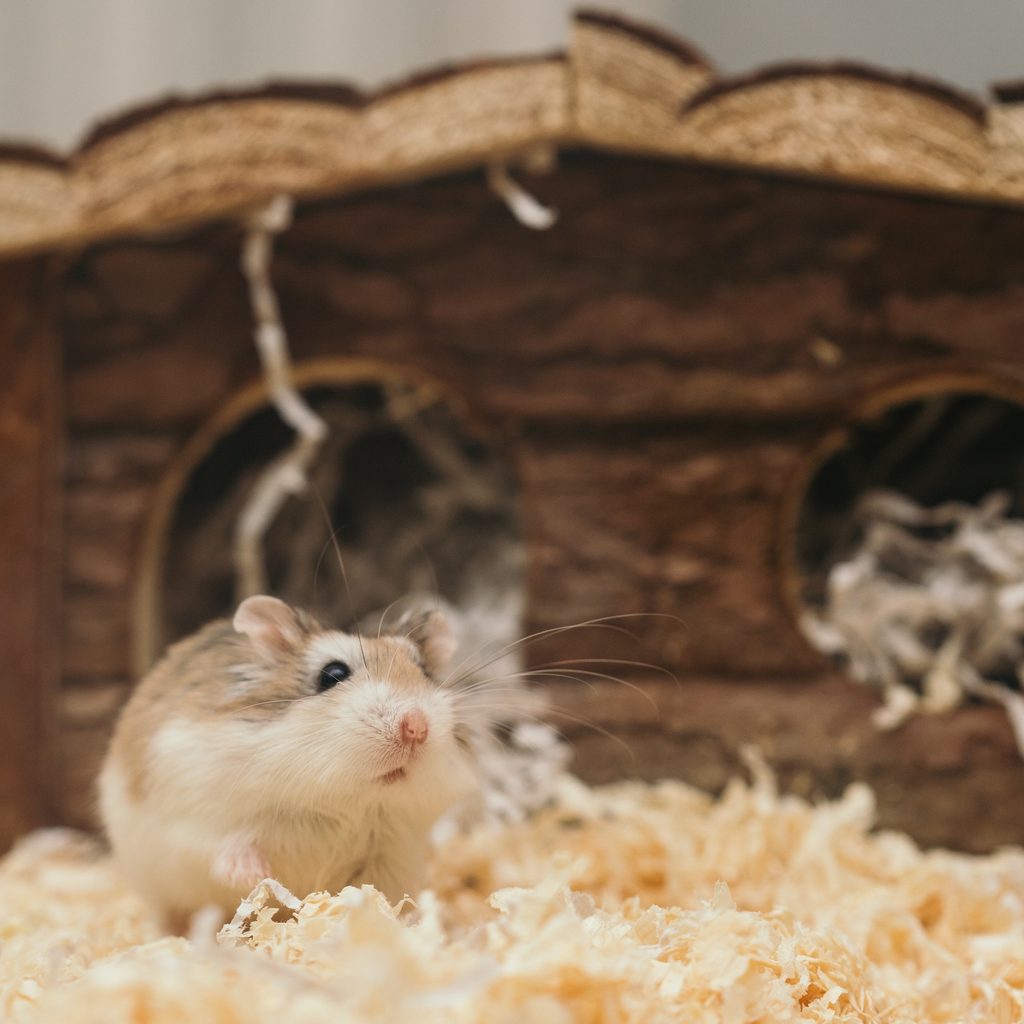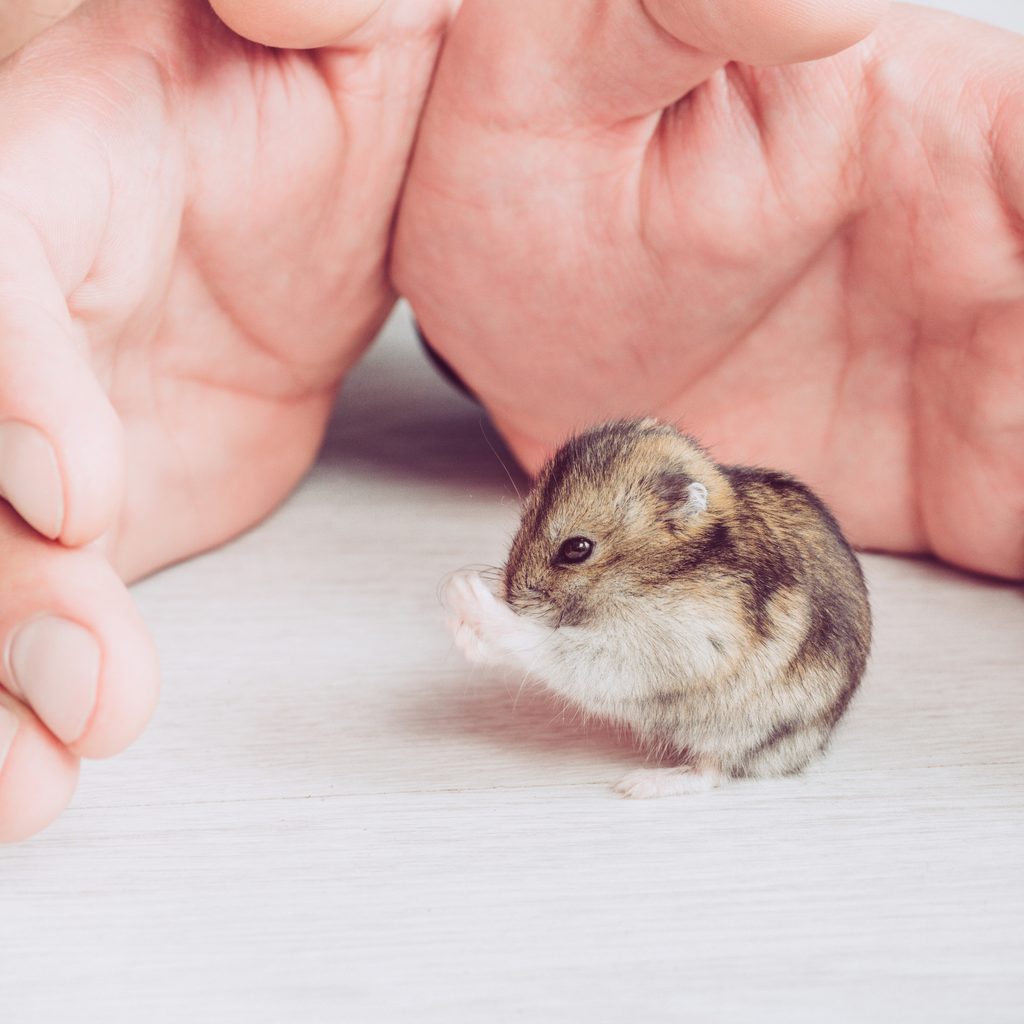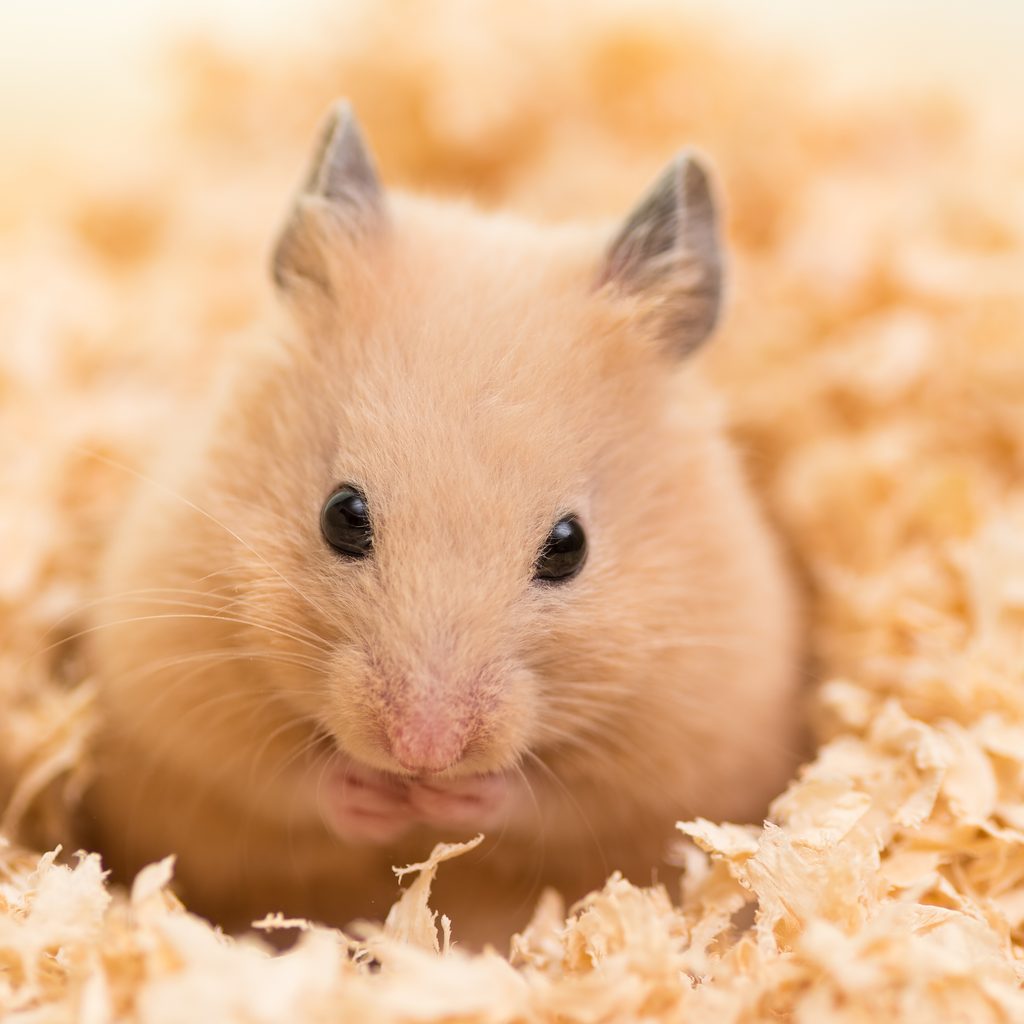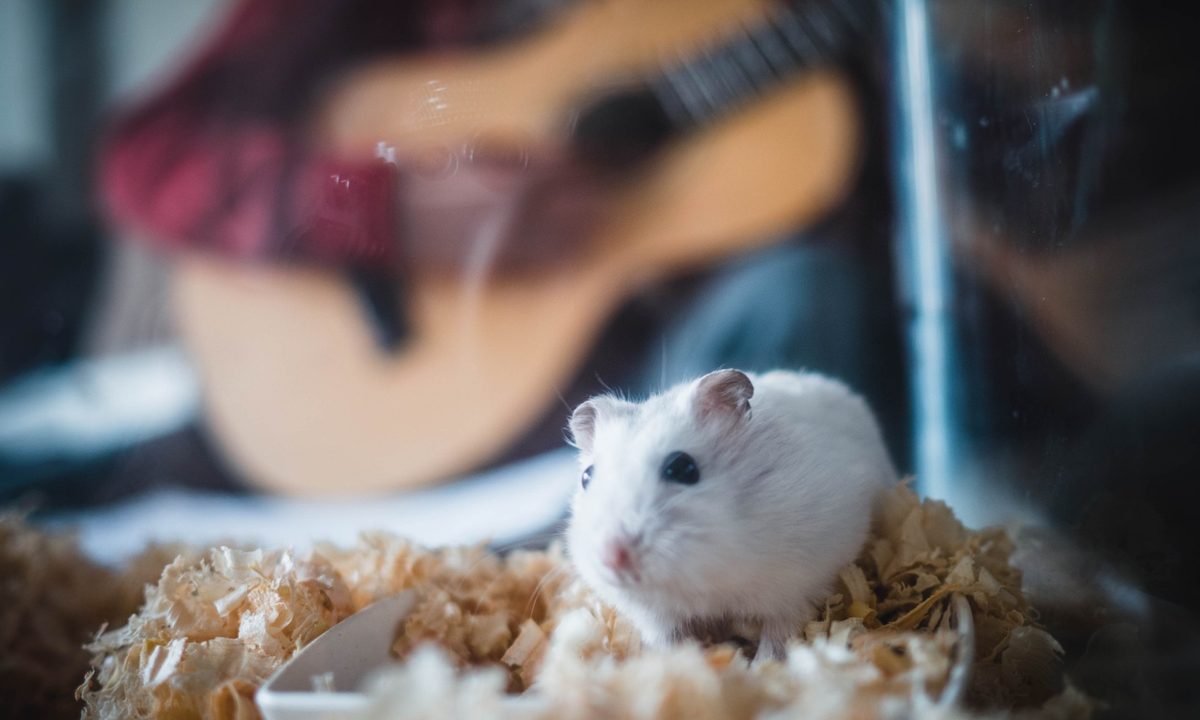Can you potty train your hamster? Yes, you can. If you want a cleaner cage that doesn’t smell like ammonia, potty training your hamster is the answer for you. Hamsters are very intelligent pets that learn quickly; therefore, hamster potty training will be quite a breeze. They’re clean animals who naturally prefer to go in the same spot. This makes it easy for owners to teach their hamster to use a "restroom" in a short amount of time. Before you know it, your furry friend will have a better-smelling cage and you’ll be changing their bedding less often. Here’s everything you need to know on how to potty train a hamster.

Start with observation
Before you start to potty train your hamster, take a look at their care and identify your pet’s potty spot. You should be able to find a corner where your hamster already goes to the bathroom. This is where you’ll notice an accumulation of pee and droppings, and it’s the place where you’ll want to put your hamster’s litter box.
If your hamster has a very large cage, chances are they have more than one toilet area in their mansion. But don’t worry, you just have to place a litter box in each of those spots. Like we mentioned, hamsters are very smart and clean. Your little gnawer will probably find the potties and use them.

Get the right equipment
Once you know your hamster’s favorite spots, all you’ll need is a litter box and litter to start your potty-training adventure. Some commercial litter boxes include a cover to keep the smell inside. Others are corner pans that save space in your hamster’s cage. Both work well, it’s just a matter of personal preference.
You can also make your own hamster litter box from items that you have at home. A sturdy plastic container with a lid can turn into a litter box if you make a 2- to 3-inch hole and sand it down. If you prefer to use glass, a 1/2-pint mason jar can make a chew-proof potty that’s easy to clean and looks great.

What litter to use
If your pet store carries more than one type of hamster litter, you may be wondering which type to use. The most important thing is to make sure your hamster’s litter is dust-free, unscented, and non-clumping.
Pellet litter is a more eco-friendly option that’s good for the environment and for your furry friend. Made of wood, paper, grain, or grass, pelleted litter offers superior odor control and great absorption. While it doesn’t scoop up as easily as traditional litter, many hamster parents find it’s worth the extra work.

Setup and training
Once you have all the potty-training supplies and know where your hamster’s litter box will go, the training portion should be easy:
Step 1: Place the litter box in the designated spot.
Step 2: Pour in enough litter to cover the bottom of the pan.
Step 3: Add a little bit of soiled bedding and a few droppings. The scent will guide your furry friend to their new bathroom.
Step 4: When your hamster wakes up, place him at the litter box. They’ll probably be curious about it and sniff around. They might surprise you and use it right away!
Step 5: If the hamster doesn’t enter the potty on their own, don’t force them in. This will discourage them. Just let them explore at their own pace. They should eventually figure it out on their own.

Do hamsters make your room smell?
While these cuties bring us lots of joy and constitute a low maintenance pet, they can come with a bit of a stink. First, we want to acknowledge that under ideal circumstances, your little pet's cage shouldn't smell. If it does, that generally means the housing is too small or you aren't cleaning regularly enough. However, adding a litter can make a huge difference because it means all the mess stays in one place. While it won't reduce the number of cleans, it should make them go a bit quicker. You can pull out the litter easily and wash it or even put it through the dishwasher, depending on what kind you buy. That will help keep any smells away.

Common problems
If your hamster doesn’t use the litter box within a few days, there may be a few reasons why:
- Does your hamster have a sleeping area? If they’re using their litter box as a bed, it’s probably because they don’t have a separate sleeping nook or hideout.
- Does your hamster have enough food-hiding spots? If your little pal is using the potty to hide their food, it means that their cage is too small.
- Is your hamster eating the litter? Some types of litter can scratch their cheek pouches and include hazardous ingredients like silica. If your little friend is eating the litter, change it right away and make sure their cage is large enough.
Small cages cause anxiety in hamsters and create behaviors such as gnawing plastic or eating litter. To ensure your hamster’s well-being, make sure their cage is big enough for a litter box, wheel, hideout, and food storage.
In most cases, potty training your hamster is effortless. Hamsters love keeping themselves and their cages clean. With a litter box, you don’t have to change your hamster’s bedding as often and their home is as tidy as they like it. Adding a potty to your furry friend’s home is the best way to make them happy and avoid unwanted smells. It’s a win-win situation!



